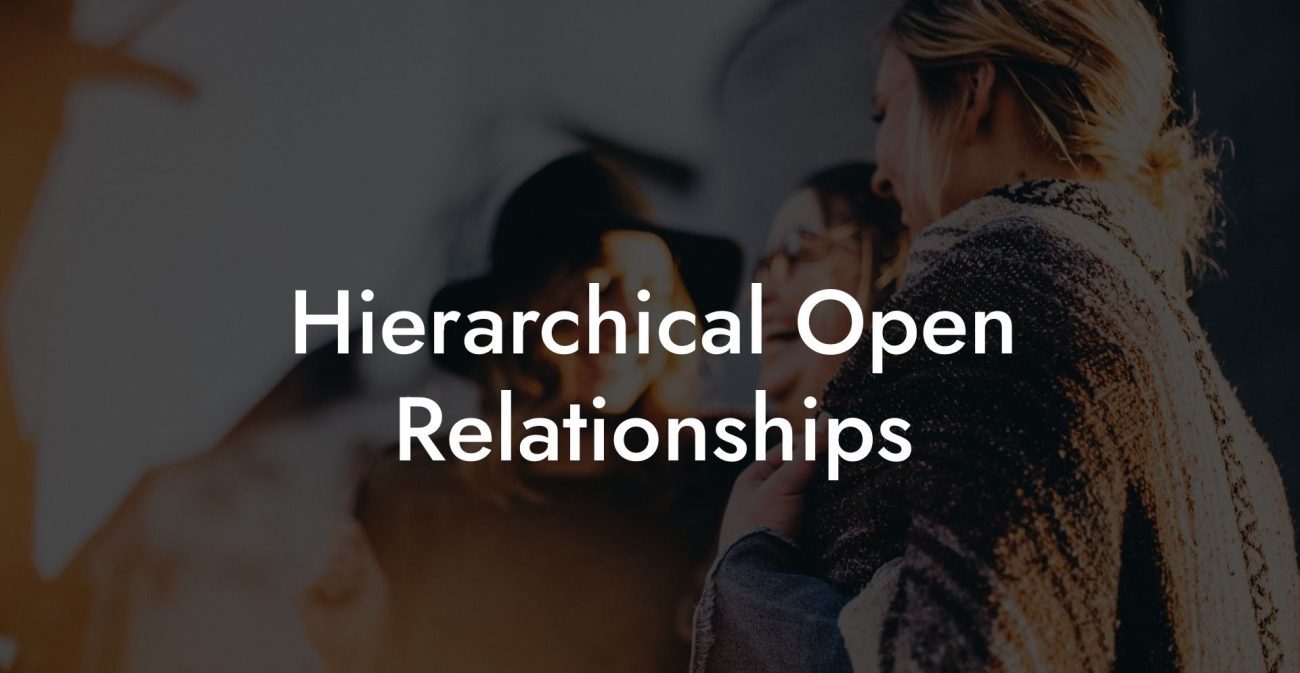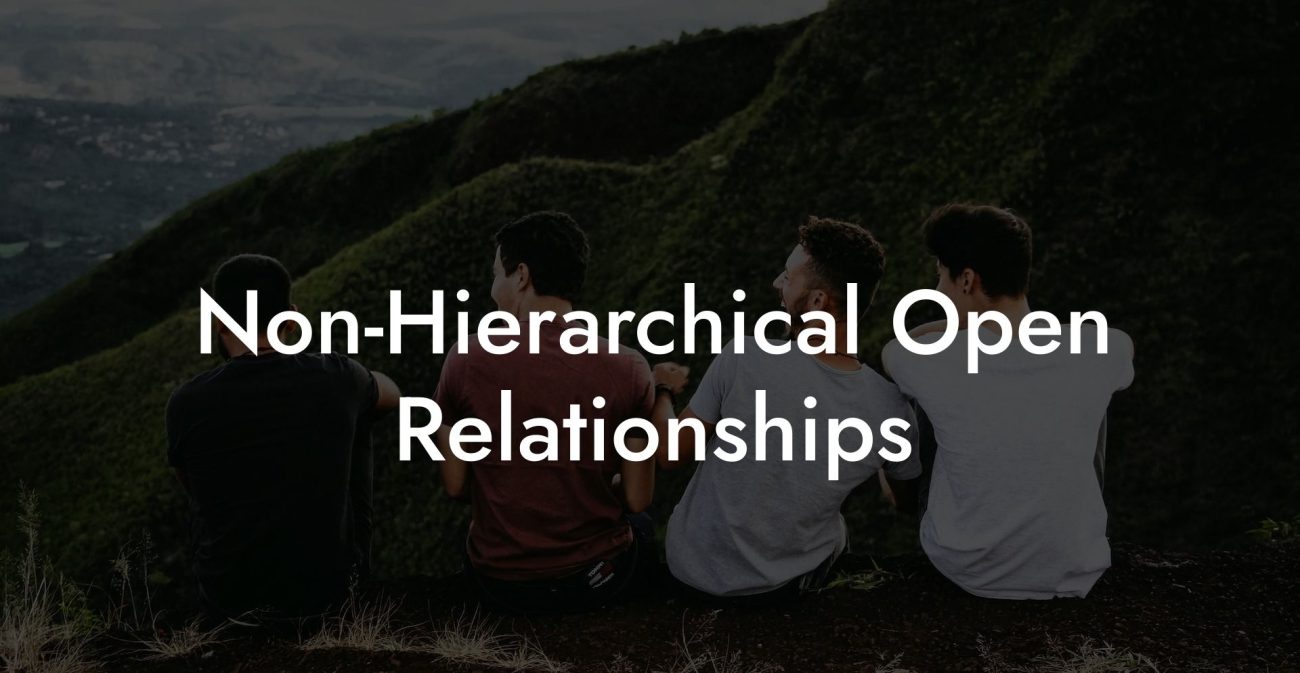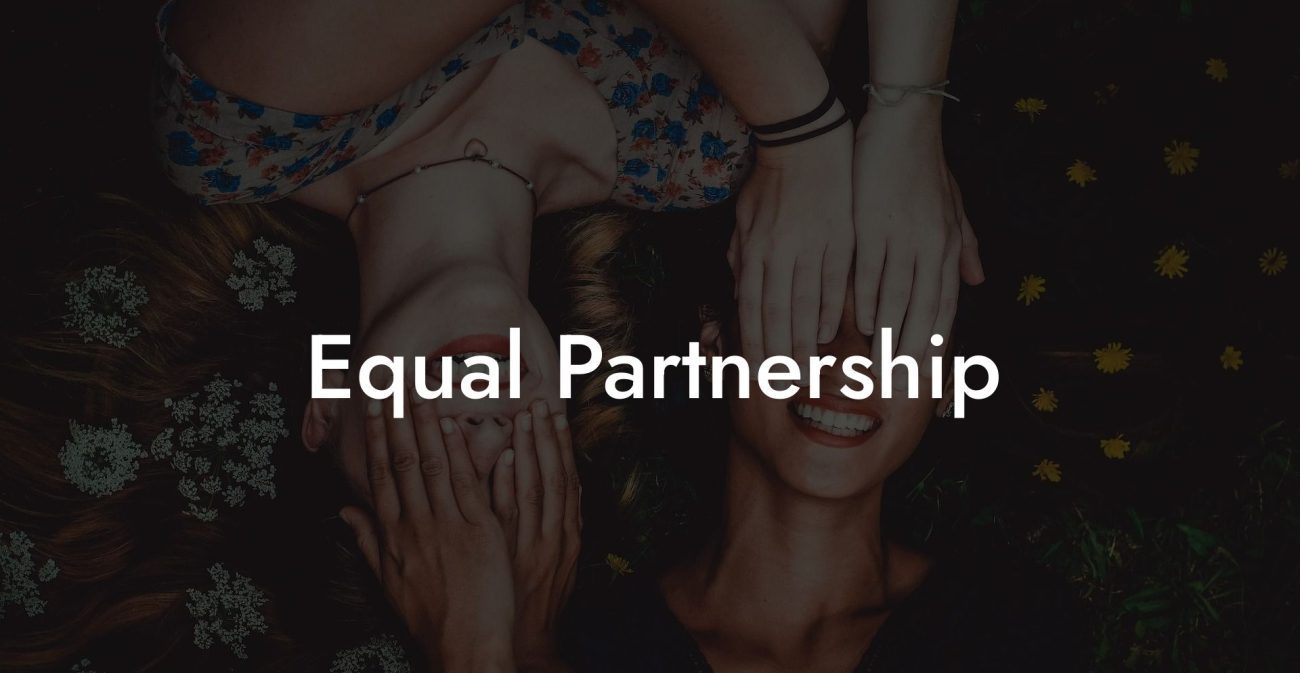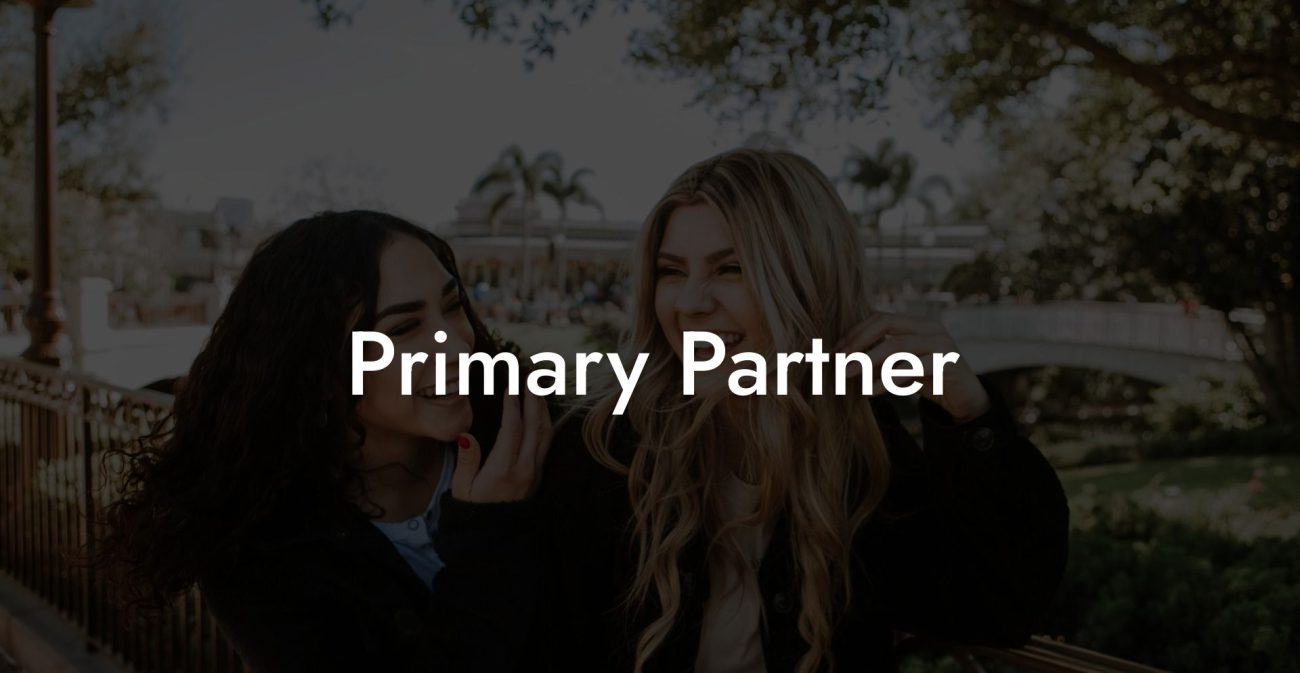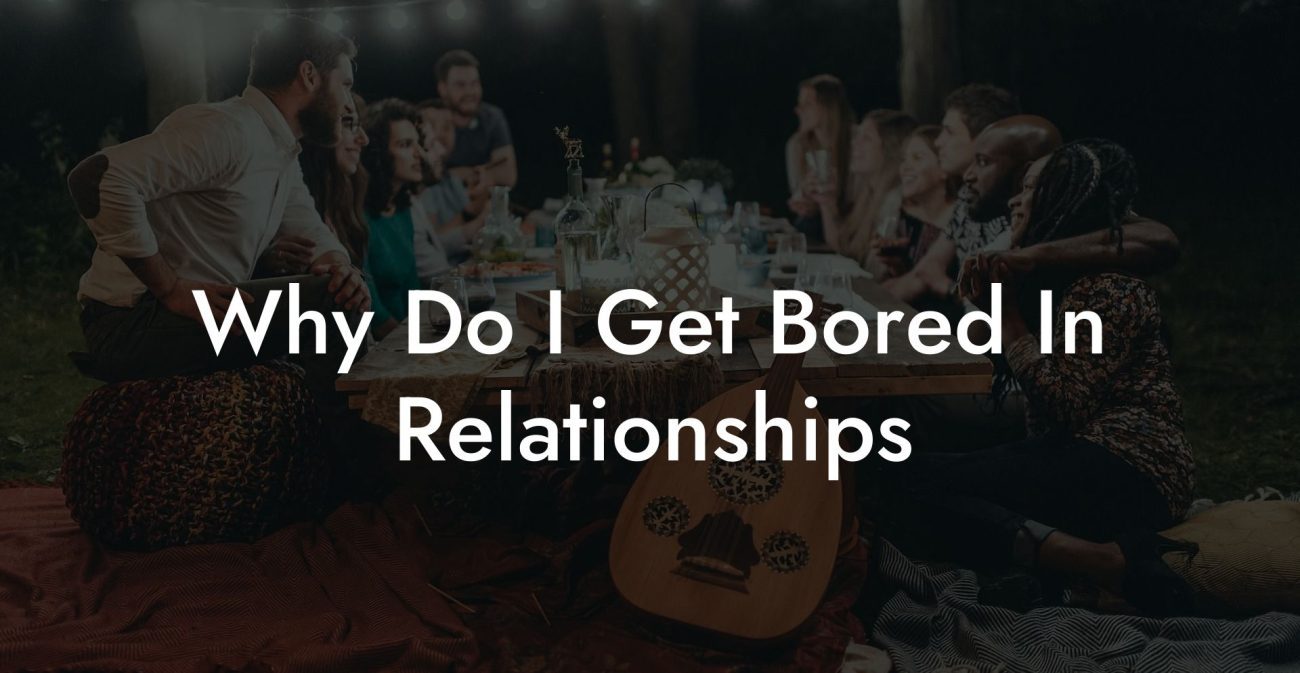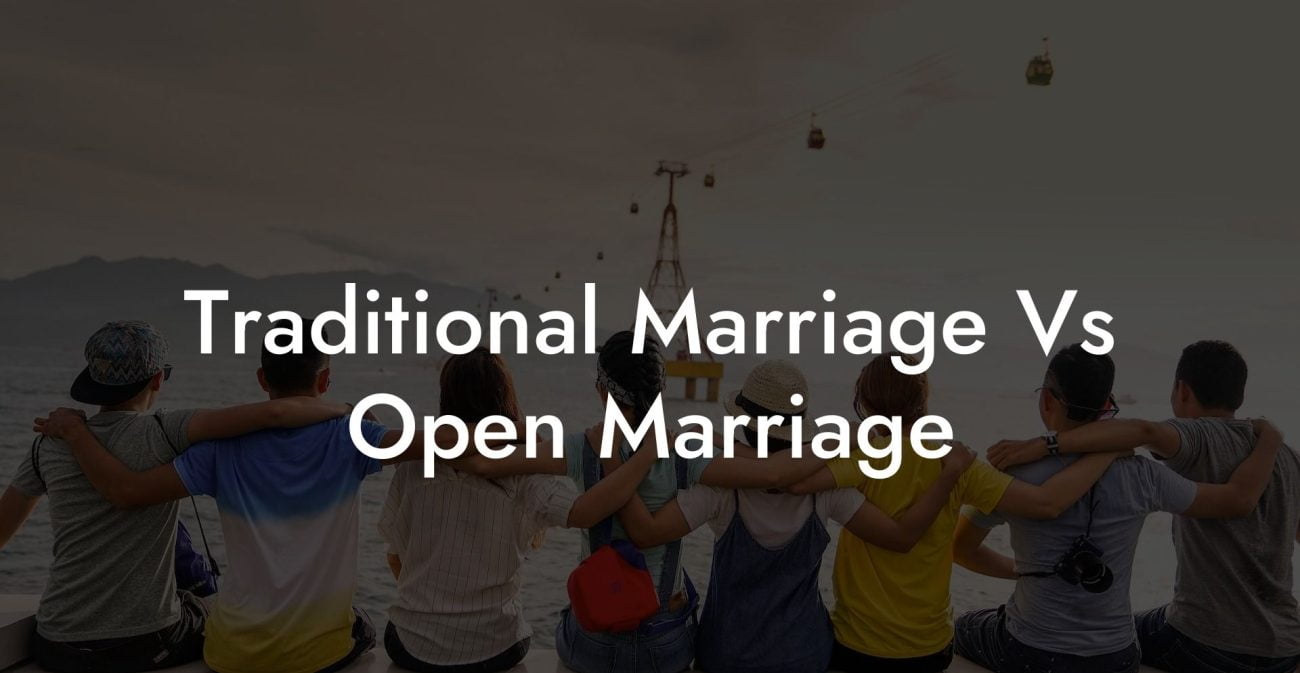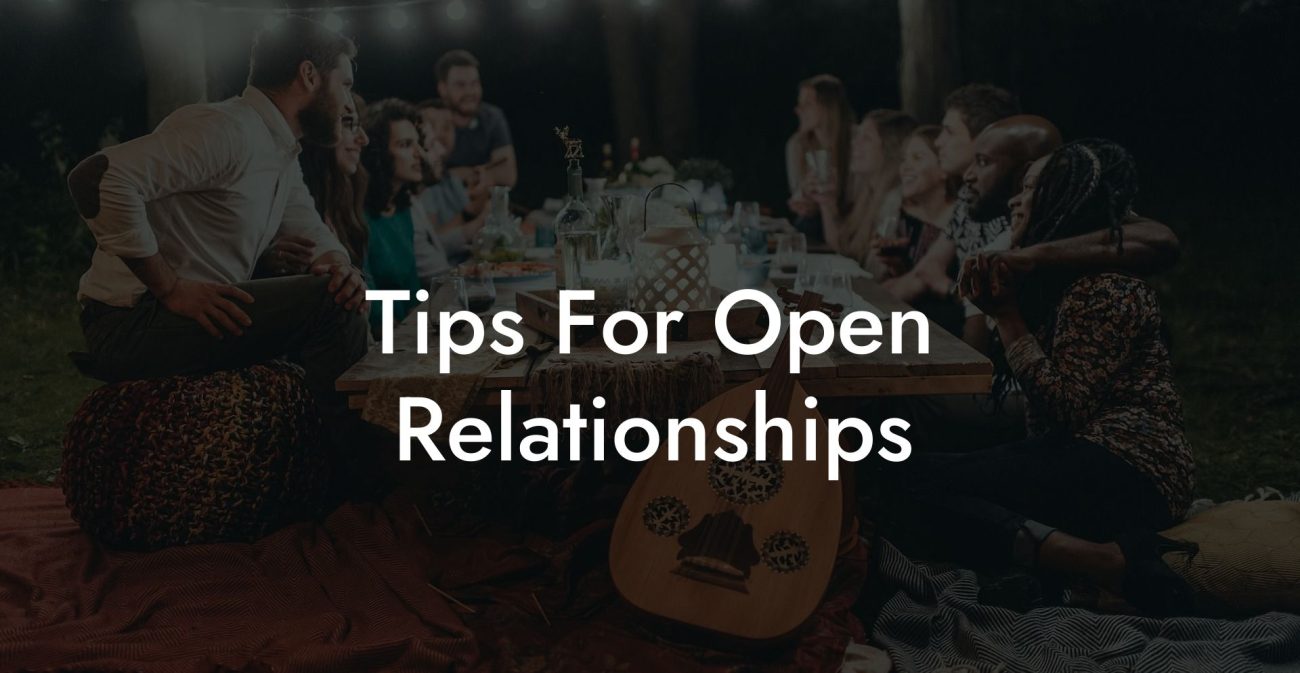Understanding Polyamorous Relationships

As interest in non-monogamous lifestyles grows, many individuals are seeking to explore how polyamory works, its benefits, challenges, and the dynamics that shape these relationships. This guide provides an in-depth look at polyamorous relationships, including definitions, historical context, psychological and emotional aspects, legal considerations, common misconceptions, and practical tips for navigating this diverse and evolving relationship model.
Quick Links to Useful Sections
- What Is a Polyamorous Relationship?
- Definition and Core Principles
- Historical and Cultural Perspectives
- Historical Roots of Polyamory
- Cultural Perspectives on Polyamory
- Psychological and Emotional Dynamics of Polyamorous Relationships
- Emotional Complexity and Diversity
- Benefits of Emotional Diversity
- Managing Emotional Challenges
- Legal and Social Considerations
- Legal Recognition
- Social Acceptance
- Common Misconceptions About Polyamory
- Debunking Myths
- The Importance of Education and Open Dialogue
- Practical Tips for Navigating a Polyamorous Relationship
- Enhance Communication
- Set Clear Boundaries
- Prioritize Self-Care
- Build a Support Network
- Frequently Asked Questions (FAQ)
What Is a Polyamorous Relationship?
Definition and Core Principles
Polyamorous relationships involve the practice of maintaining multiple consensual romantic and/or sexual relationships simultaneously. Unlike monogamy, where the emotional and sexual connection is exclusive between two partners, polyamory is founded on the belief that love and intimacy can be abundant. At its core, polyamory is based on the following principles:
- Consensual Non-Monogamy: Every participant is fully aware of and consents to the presence of multiple relationships.
- Transparent Communication: Open, honest dialogue is essential for negotiating boundaries, sharing feelings, and preventing misunderstandings.
- Trust & Mutual Respect: Each partner’s autonomy is honored, and every relationship is approached with care and empathy.
- Emotional Honesty: Polyamory encourages individuals to be true to their feelings and to engage in relationships that genuinely reflect their emotional needs.
- Flexibility: The structure of polyamorous relationships can be fluid, some may adopt hierarchical models (with a primary partner) while others may maintain non-hierarchical arrangements where all relationships are considered equal.
Historical and Cultural Perspectives
Historical Roots of Polyamory
Although the modern term "polyamory" is relatively recent, the concept of forming multiple romantic connections has ancient roots. Throughout history, many cultures have practiced non-monogamous relationships in various forms. Indigenous societies, ancient Mediterranean communities, and certain Eastern cultures have embraced relational diversity as a natural part of life. Traditional practices in some societies allowed individuals to form multiple emotional bonds, often as a means of creating a robust support network and ensuring the survival and prosperity of the community.
These historical practices, while not always labeled as polyamory, laid the foundation for the modern understanding of consensual non-monogamy. Today, polyamory builds on these ancient ideas by emphasizing ethical practices, informed consent, and transparent communication.
Cultural Perspectives on Polyamory
In contemporary society, polyamory is increasingly embraced by progressive communities that value personal freedom, diversity, and emotional authenticity. While many Western societies continue to prioritize monogamy as the dominant marital model, a growing number of individuals and communities are challenging this norm by exploring alternative forms of relationship structures. Cultural acceptance of polyamory is often more pronounced in urban areas and among younger generations who seek to redefine traditional concepts of love and commitment.
Despite its growing acceptance, polyamory can still face social stigma and misunderstanding. However, many advocates argue that by embracing open communication and ethical practices, polyamorous relationships can be as fulfilling, and sometimes even more enriching, than traditional monogamous relationships.
Psychological and Emotional Dynamics of Polyamorous Relationships
Emotional Complexity and Diversity
One of the most appealing aspects of polyamory is its capacity to offer diverse forms of emotional support. By engaging in multiple relationships, individuals can experience different types of intimacy, each providing unique emotional nourishment. For example, one partner may offer deep intellectual and emotional connection, while another may provide physical intimacy or creative inspiration. This variety can lead to a richer, more well-rounded emotional experience.
However, managing multiple relationships also introduces complexity. Navigating feelings of jealousy, managing time and energy across different bonds, and ensuring that all partners feel valued require advanced emotional intelligence and strong communication skills. It is essential for those in polyamorous relationships to continuously work on self-awareness and conflict resolution to maintain balance.
Benefits of Emotional Diversity
- Expanded Support System: Multiple relationships can offer a robust network of emotional, intellectual, and practical support.
- Personal Growth: The challenges of managing multiple bonds often lead to increased self-awareness and resilience.
- Varied Experiences: Exposure to different perspectives and styles of intimacy can broaden one’s understanding of love and personal fulfillment.
Managing Emotional Challenges
The challenges in polyamorous relationships are not insignificant. Jealousy, for example, is a common emotion that must be acknowledged and managed constructively. Partners often benefit from engaging in regular discussions about their feelings, setting clear boundaries, and practicing techniques like mindfulness or active listening to mitigate negative emotions.
In some cases, seeking the guidance of a therapist experienced in non-monogamous relationships can help individuals develop strategies to manage emotional complexities effectively.
Legal and Social Considerations
Legal Recognition
Currently, most legal systems around the world recognize only monogamous marriages. As a result, polyamorous relationships do not have formal legal status. This lack of legal recognition can affect issues such as inheritance, custody, and spousal benefits. However, many individuals in polyamorous relationships create personal agreements or cohabitation contracts to provide a measure of legal protection.
Despite the legal challenges, the focus in polyamorous communities is often on ethical non-monogamy and building supportive networks that extend beyond the confines of legal recognition.
Social Acceptance
Social attitudes toward polyamory are evolving, especially in progressive and urban areas. Although there can still be stigma attached to non-monogamous relationships, the increasing visibility of polyamorous communities through literature, media, and online platforms is helping to normalize these relationship models.
Education and open dialogue are key to challenging misconceptions and fostering greater acceptance of polyamory as a valid and fulfilling lifestyle.
Common Misconceptions About Polyamory
Debunking Myths
Despite growing acceptance, several misconceptions about polyamory persist:
- Myth: Polyamory is just about sex. In reality, polyamory focuses on forming deep, emotional connections and fostering a network of support, not just on sexual variety.
- Myth: Polyamorous relationships lack commitment. Polyamory involves a high level of commitment and communication, with partners actively working to balance multiple relationships.
- Myth: Polyamory leads to chaos and jealousy. While challenges exist, many polyamorous individuals develop effective strategies to manage jealousy and create a harmonious, well-structured relationship dynamic.
The Importance of Education and Open Dialogue
By educating ourselves and engaging in honest conversations about polyamory, we can challenge stereotypes and foster a more inclusive understanding of relationship diversity. Recognizing that every relationship is unique is key to appreciating the value of polyamorous dynamics.
Practical Tips for Navigating a Polyamorous Relationship
Enhance Communication
Effective communication is the cornerstone of any healthy relationship. In polyamorous relationships, where multiple bonds exist, open dialogue is even more crucial. Here are some tips to enhance communication:
- Regular Check-Ins: Schedule consistent, dedicated time to discuss your feelings, expectations, and any challenges with each partner.
- Active Listening: Practice active listening to ensure that every partner feels heard and understood.
- Use "I" Statements: Express your thoughts and feelings using "I" statements to avoid assigning blame and to promote a supportive dialogue.
- Digital Tools: Leverage shared calendars or messaging apps to coordinate schedules and keep track of important dates or commitments.
Set Clear Boundaries
Establishing clear boundaries helps prevent misunderstandings and protects the emotional integrity of all relationships involved. Consider the following:
- Define Expectations: Clearly articulate what is acceptable and what is not, whether it pertains to sexual encounters, emotional involvement, or time allocation.
- Negotiate Flexibly: Recognize that boundaries may need to be adjusted over time as relationships evolve.
- Document Agreements: Consider drafting a written agreement or a digital document that outlines your shared understanding of boundaries and expectations.
Prioritize Self-Care
Balancing multiple relationships can be demanding, so it is essential to take care of your physical, emotional, and mental well-being. Make self-care a priority by:
- Engaging in regular physical exercise and maintaining a healthy lifestyle.
- Practicing mindfulness or meditation to manage stress and enhance emotional clarity.
- Pursuing hobbies and interests that foster personal growth and relaxation.
- Seeking professional counseling or therapy if needed to navigate complex emotions.
Build a Support Network
Connecting with others who share similar relationship models can provide valuable insights and emotional support. Consider:
- Joining online forums and social media groups dedicated to polyamory, such as r/polyamory.
- Attending workshops, seminars, or meet-ups focused on consensual non-monogamy.
- Engaging with local community groups that support diverse relationship structures.
Frequently Asked Questions (FAQ)
1. What is a polyamorous relationship?
A polyamorous relationship is a form of consensual non-monogamy where an individual engages in multiple romantic and/or sexual relationships simultaneously, with all partners aware of and consenting to the arrangement.
2. How is polyamory different from monogamy?
Unlike monogamy, which involves an exclusive bond between two people, polyamory embraces the idea that love and intimacy can be shared among multiple partners, allowing for diverse and varied emotional connections.
3. What are the benefits of a polyamorous relationship?
Benefits include access to a diverse support network, opportunities for personal growth, increased flexibility in meeting emotional needs, and the potential for rich, varied experiences of intimacy.
4. What challenges might I face in a polyamorous relationship?
Challenges can include managing jealousy, balancing time and emotional energy across multiple relationships, and maintaining clear and open communication with all partners.
5. How can I improve communication in a polyamorous relationship?
Strategies for improving communication include regular check-ins, active listening, using "I" statements, and utilizing digital tools to coordinate schedules and share updates.
6. Are there legal protections for polyamorous relationships?
Most legal systems do not formally recognize polyamorous relationships, so individuals often rely on personal agreements and community support. Some regions may offer limited legal protections for non-traditional family arrangements.
7. Where can I find additional resources on polyamory?
Additional resources include books such as "The Ethical Slut" by Dossie Easton & Janet Hardy and "More Than Two" by Franklin Veaux & Eve Rickert, as well as podcasts like "Multiamory" and "Polyamory Weekly," and online communities such as r/polyamory.
Resources and Community Support: Your Next Steps
- "The Ethical Slut" by Dossie Easton & Janet Hardy – A foundational text exploring ethical non-monogamy and offering insights into building healthy polyamorous relationships.
- "More Than Two" by Franklin Veaux & Eve Rickert – An in-depth guide providing practical advice on managing multiple relationships and understanding polyamory.
- Podcasts: Listen to "Multiamory" and "Polyamory Weekly" for engaging discussions and real-life experiences about polyamorous relationships.
- Online Communities: Join forums such as r/polyamory to exchange ideas, gain support, and share experiences.
- Workshops and Webinars: Attend events focused on relationship psychology and ethical non-monogamy to further your knowledge and network with like-minded individuals.
By exploring these resources and applying the strategies outlined in this guide, you can develop a clear, informed understanding of polyamorous relationships and how they can enrich your life. Embrace open dialogue, continuous learning, and self-reflection as you navigate the diverse landscape of consensual non-monogamy.
Lost & confused by all of the terms, types and seemingly made up 3 letter acronyms?? We've got you. Check out our Ethnical Non-Monogamy Dictionary >>
Useful Interruption: Not sure which relationship vibe fits you best? Take our Relationship Test, it’ll give you the real insight into your natural relationship style. Then, dive into our binge-worthy guides (from the tried-and-true to the “wait, that’s a thing?”) and find the perfect relationship type for your life:
- Monogamy
- Open Relationships
- Ethical Non-Monogamy
- Solo Polyamory
- Non-Hierarchical Polyamory
- Hierarchical Polyamory
- Relationship Anarchy
- Swinging
Now back to the main article but yeah take the test...

